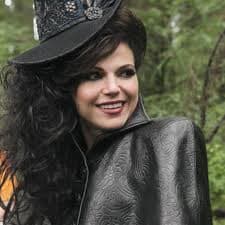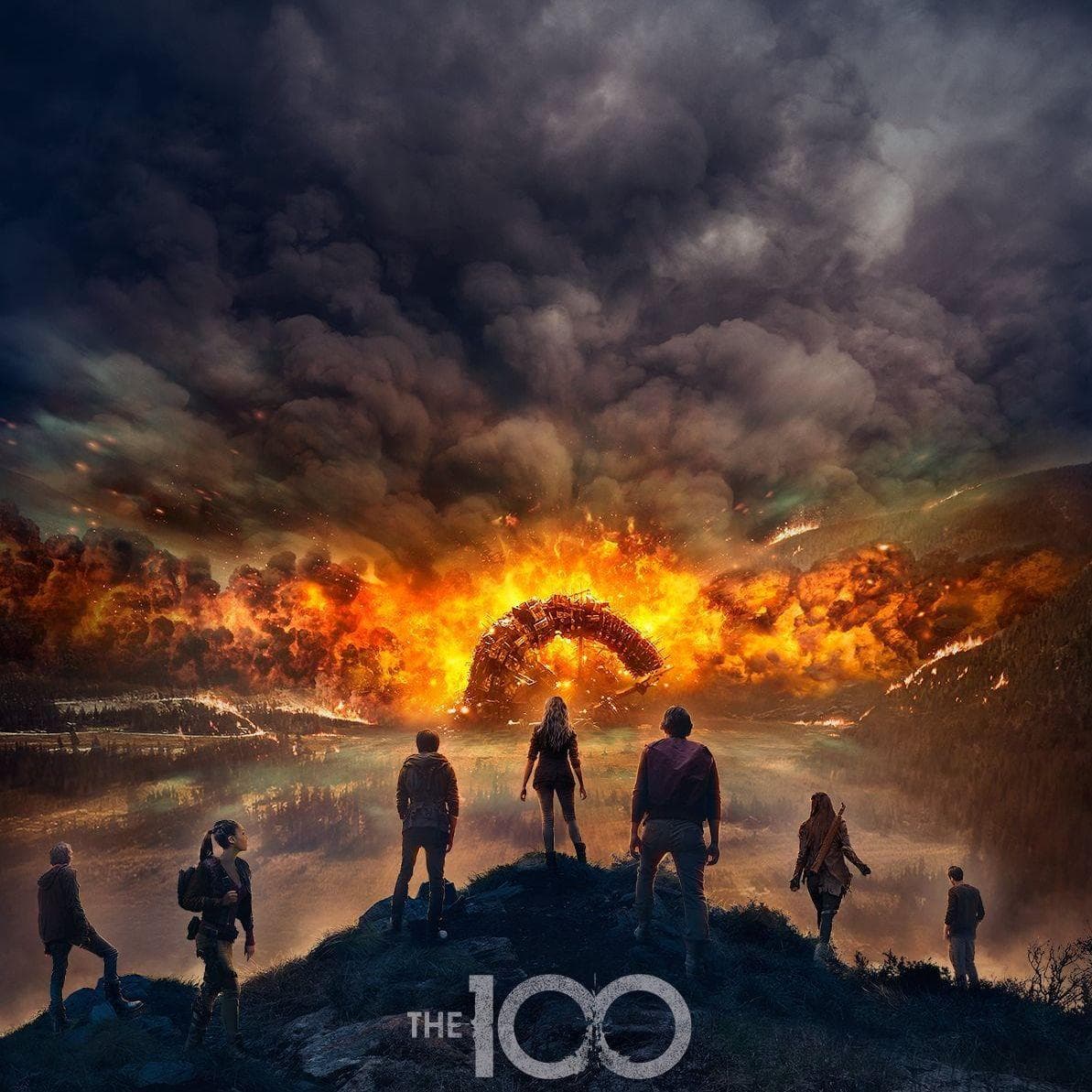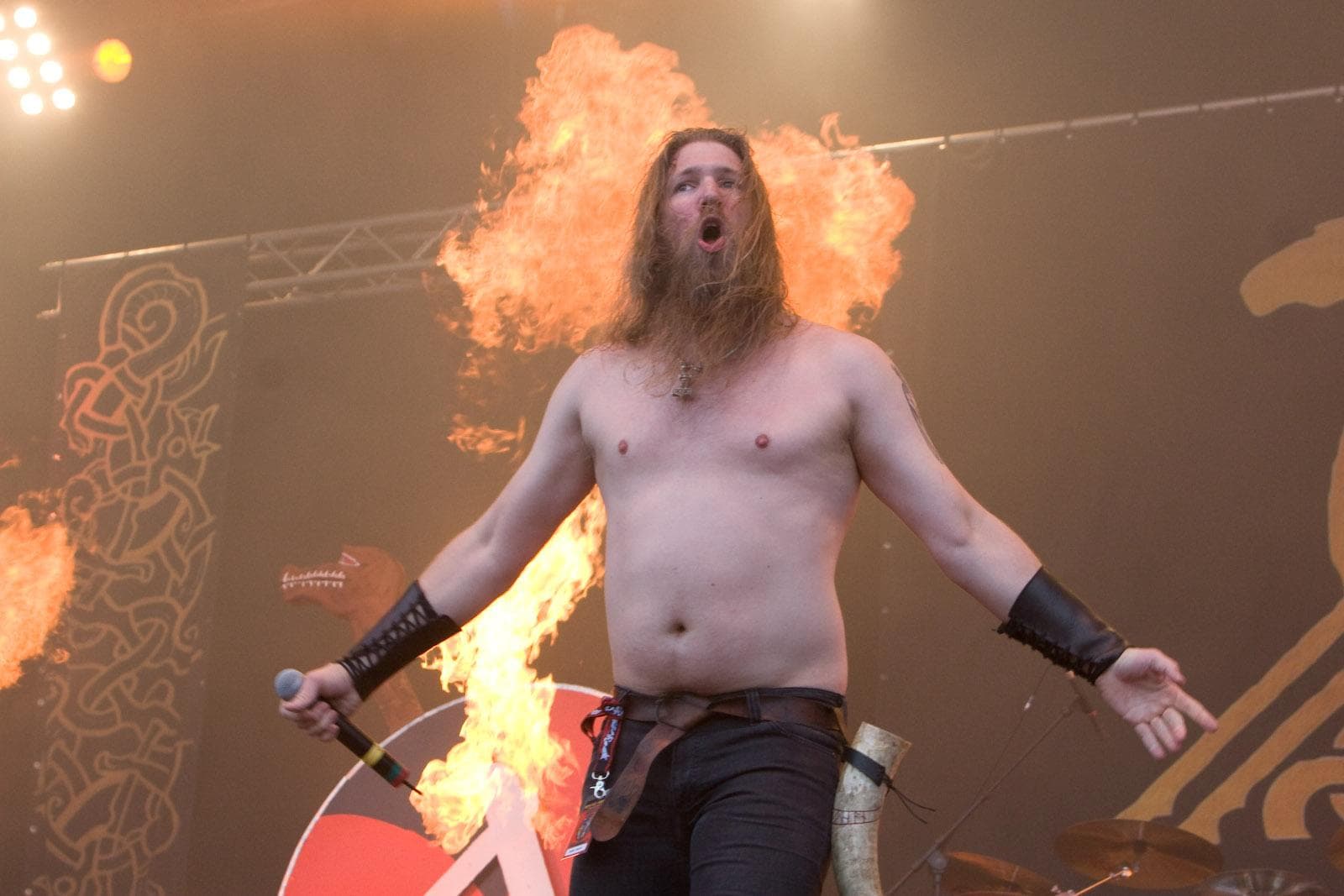-
(#9) Pitched Battles Were As Rare As Chinese Cuisine For Vikings
In the show, viewers often see Vikings lining up on the battlefield, facing their enemies, and running at them like the ancient Greeks and Romans would have done. In reality, however, this way of fighting was very uncommon for them, as they’d rather go raiding and take their adversaries by surprise. Their war philosophy was based on speed and effective ambush, which was the main reason why they wouldn’t send many ships on their first raids and made surprise attacks.
So, in order to move quickly during a raid, they did not wear much armor - as the show correctly highlights - and used long swords and axes for weapons. Of course, that doesn’t mean the Vikings never engaged in pitched battles; they did, but just not in the way the show often portrays.
-
(#11) Saint Ansgar Is Depicted As A Failure In The Show (Which Was Not The Case At All)
Many of you might not even remember the young Christian missionary who was executed after he failed to impress Queen Aslaug in Season 3. This young man was Ansgar, one of the most famous missionaries of medieval Europe and the first archbishop of Hamburg. Ansgar was cordially received by King Björn and became the first-ever preacher of the gospel in Sweden. He also organized the hierarchy in the Nordic countries and was declared Patron of Scandinavia.
What’s even more impressive is that Ansgar succeeded in thwarting a pagan rebellion before returning to his homeland, Bremen, in 854 CE. Despite his immense historical impact in Scandinavian countries, the writers decided to portray him as an absolute loser who died violently at a young age. The real Ansgar died peacefully at 64, quite an advanced age for his time.
-
(#6) Viking Clothing In The Show Is Completely Wrong
It’s an undeniable fact that the Vikings left very few images and written descriptions of their clothing and general fashion. What makes things even worse for people trying to recreate their clothes for TV is that archeological evidence is extremely limited as well. Thus, historians and researchers examining the evidence usually come to different conclusions. However, they would all agree that the Vikings didn’t dress with the kind of leather biker outfits that the show often depicts.
Instead, they probably constructed their clothes from wool, using surprisingly complicated patterns with many pieces that needed to be cut out of the fabric and sewn back together. Also, they definitely didn’t limit their choice of color to black, brown, and gray as the show presents, but they instead loved vivid colors like blue, red, and yellow.
-
(#7) According To The Show’s Timeline Ragnar Should Have Invented Time Travel
Fans of the series probably remember Ragnar and his crew raiding a monastery on Lindisfarne, a tidal island off the northeast coast of what is today England during the first season, a real raid that took place in 793 CE. For the record, this is seen by many contemporary historians as the beginning of the Viking Age.
Then, in Season 3, Ragnar and his crew haven’t aged a tiny bit and attack Paris, a historical event that took place in 911 CE, nearly 120 years after the sack of Lindisfarne’s monastery. In other words, Ragnar and his fellow Vikings were either vampires, or they had invented a time travel machine that the history books don’t tell us about.
-
(#2) The Vikings Wore Helmets That The Show Totally Ignores
Any true fan of Vikings should feel relieved about the fact that Michael Hirst (the writer of the series) doesn’t present that ridiculous stereotypical image of the raiders wearing those funny little horned helmets, which it has been historically proven the Norsemen never wore in battle. In reality, those horned helmets were only used in religious ceremonies and for display.
However, Hirst falls into another trap and depicts the Vikings as fighting without wearing any helmets at all, which is simply wrong. Considering that most combat fatalities come from head wounds, the helmet has been the single most precious piece of armor for pretty much every warrior in history, and that doesn’t exclude the Vikings. One could claim that Hirst probably does this in order for the main heroes to be easily recognized by the viewers during a battle scene, but it’s still a historical inaccuracy since the famous raiders wore fighting helmets made from leather or iron.
-
(#3) The Vikings Didn’t Call Each Other “Viking”
During the Viking Age, the people of Denmark, Norway, and Sweden spoke a language called Old Norse, but there’s no historical evidence that they used the word Viking to ethnically identify each other. This, despite the fact that viewers see them proudly calling each other a Viking throughout the series. There are various theories as to how the word Viking came to be, but there are no credible historical sources that verify what the Vikings called themselves.
What scholars know for a fact is that the people the Vikings invaded, such as the Saxons and the Franks, usually referred to them as Nords, Norsemen, Northmen, or Danes. In reality, the word Viking became popular worldwide for the first time during the Romantic era in the nineteenth century, when the study of Viking-age history became fashionable.
New Random Displays Display All By Ranking
About This Tool
Our data comes from Ranker, If you want to participate in the ranking of items displayed on this page, please click here.















